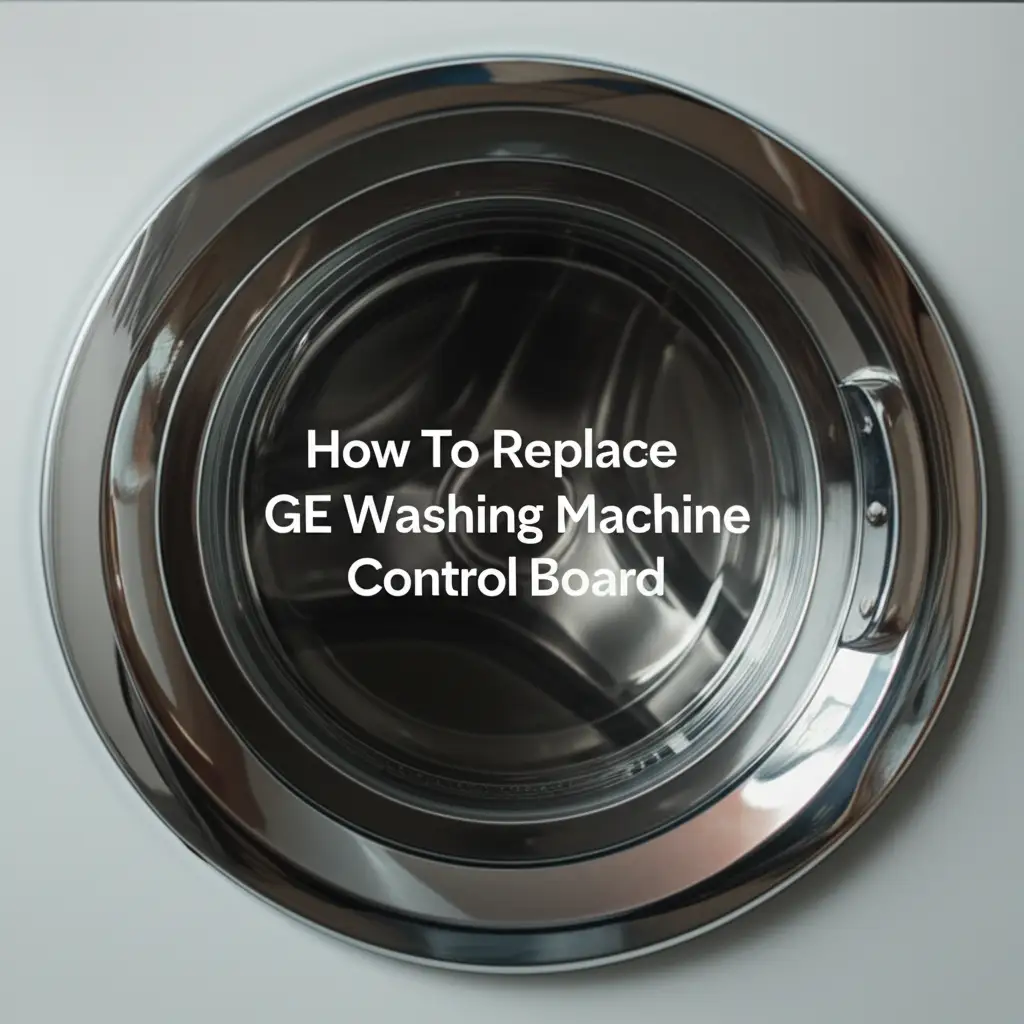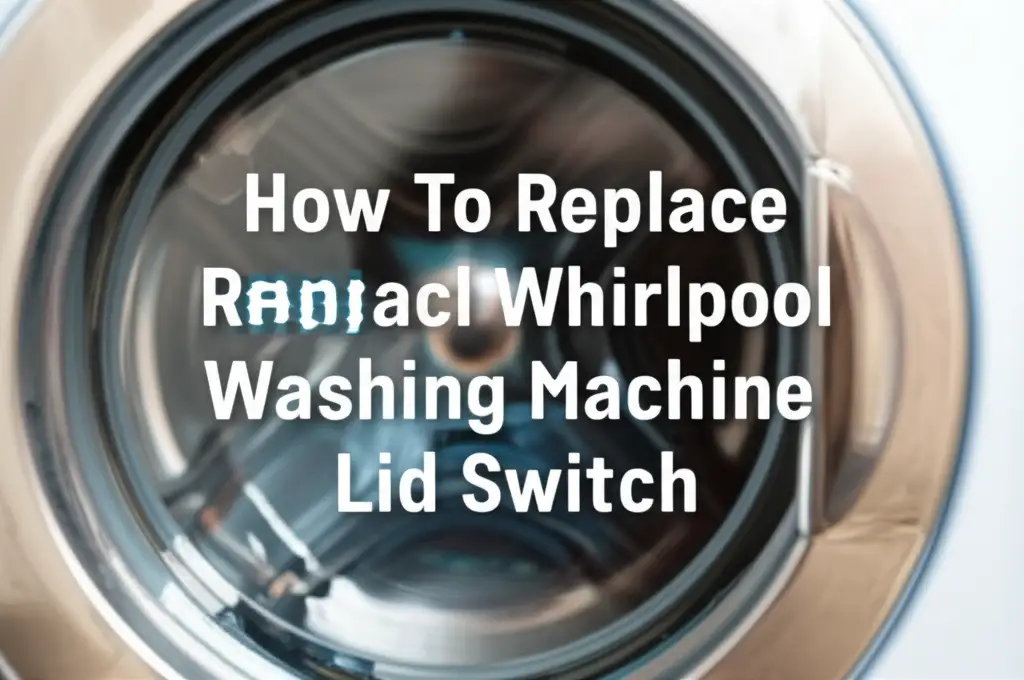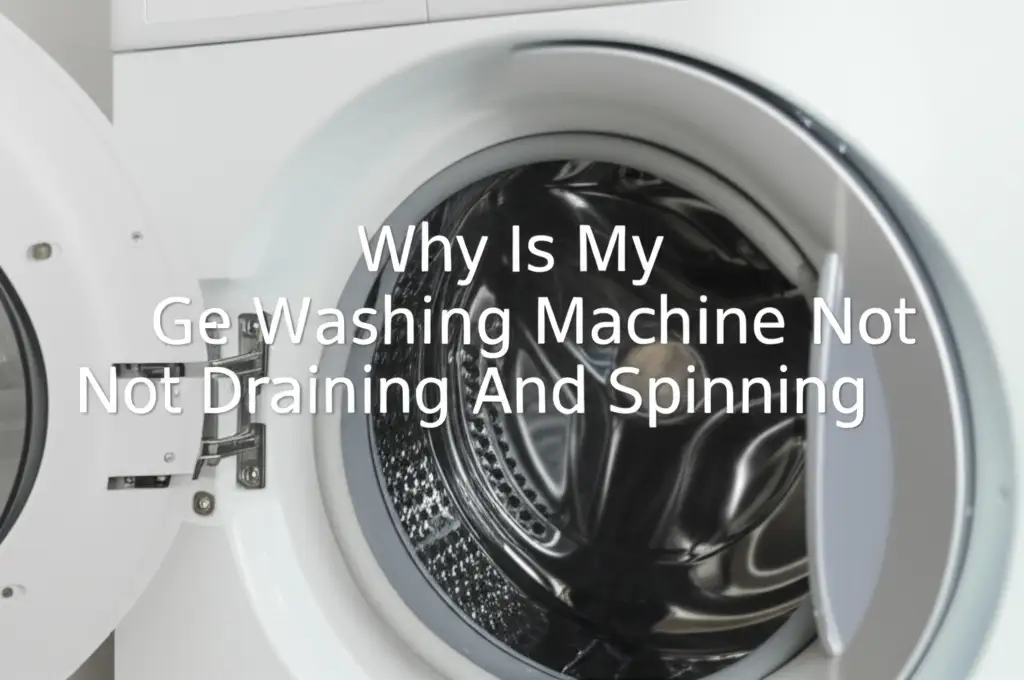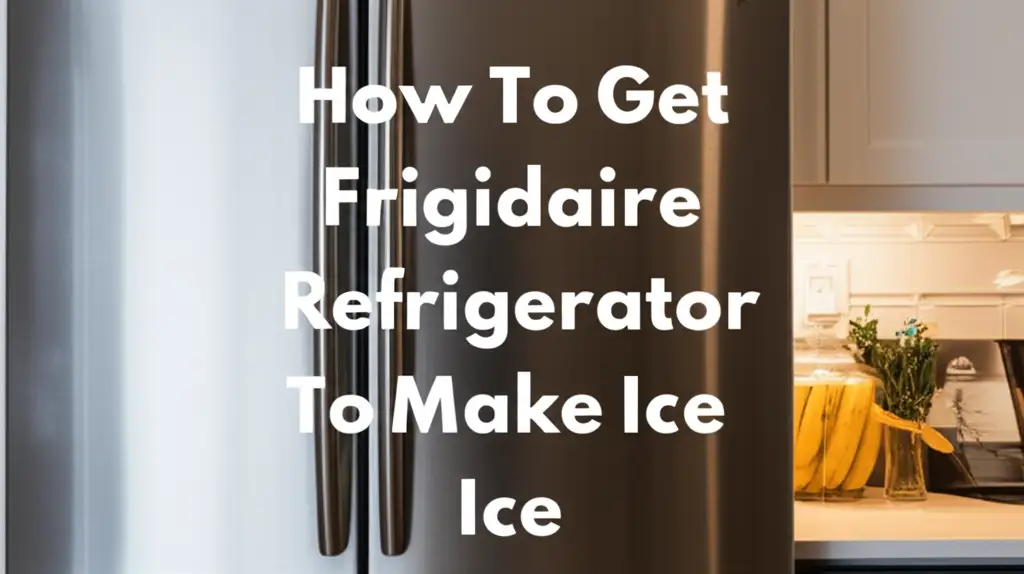· Todd Martin · Appliance Repair · 13 min read
How To Fix Ge Washing Machine That Wont Spin
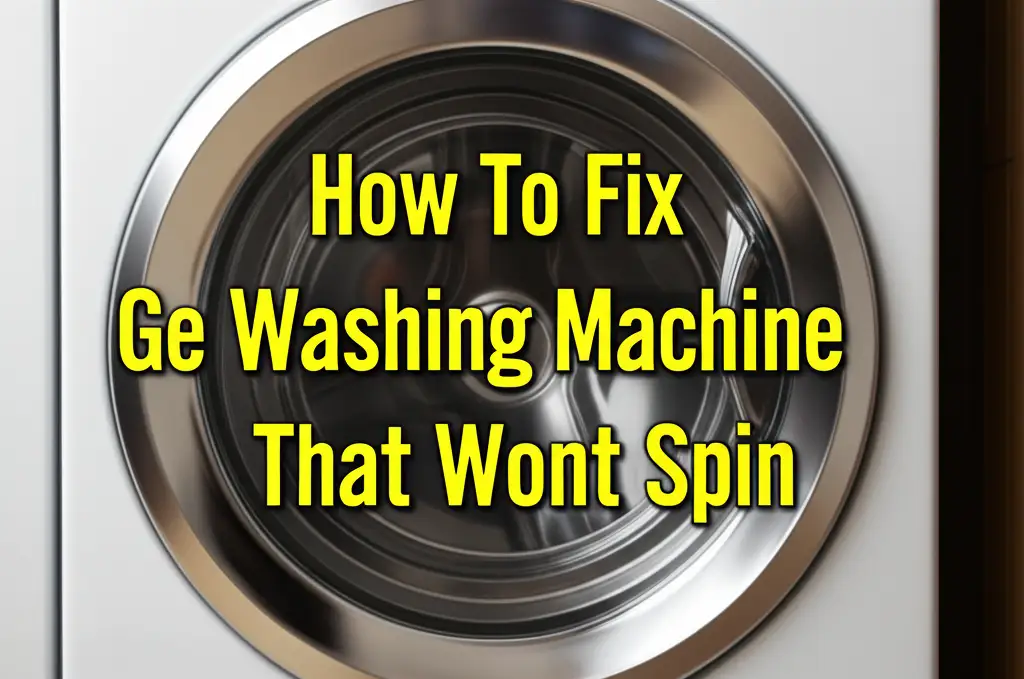
How To Fix GE Washing Machine That Won’t Spin
A washing machine that refuses to spin can stop your laundry day cold. I understand how frustrating this problem can be. When your GE washing machine won’t spin, clothes remain dripping wet, and your laundry pile grows. Many common issues cause this problem, ranging from simple fixes to parts replacement.
This guide will help you diagnose and fix your GE washing machine. We will explore various reasons why your GE washer might not spin. I will walk you through step-by-step troubleshooting. You will learn to identify the culprit and get your machine working again. Let us get your GE washer spinning clothes dry once more.
Takeaway:
- Check the basics first: Ensure the lid is closed, the load is balanced, and the machine has power.
- Inspect drainage: Clear clogs in the drain pump or hose, as poor drainage prevents spinning.
- Test safety features: Verify the lid switch or door lock functions correctly.
- Examine drive components: Look for issues with the drive belt, motor coupling, or motor.
- Consider professional help: Some issues, like a faulty control board, require expert service.
Your GE washing machine typically won’t spin due to a lack of power, an imbalanced load, a faulty lid switch, drainage problems, or issues with internal drive components like the motor coupling or drive belt. Addressing these specific causes can restore spin function.
Understanding the GE Washing Machine Spin Cycle
The spin cycle is a vital part of the laundry process. It removes excess water from clothes, making them easier to dry. Your GE washing machine performs a series of actions during this cycle. The machine first drains the wash water. Then, the drum rotates at high speed, pushing water out through centrifugal force.
Several components must work together for a successful spin. The drain pump must remove water effectively. The lid switch or door lock ensures safe operation. The motor and drive system provide the power for the drum to spin. When any of these parts fail, the spin cycle stops. Understanding this process helps you diagnose problems faster.
A common issue is poor drainage. If the machine cannot drain water, it often will not spin. This is a safety feature to prevent damage or spills. The machine senses the water level. If it remains high, it pauses the cycle. You might also notice a partial spin. The drum moves slowly but never reaches full speed. This indicates a problem.
For example, a clogged drain hose can prevent water removal. The machine waits for the water to clear before spinning. This protects the motor and other parts from strain. It also keeps your floor dry. You need to ensure water can exit freely. You can often see error codes on the display. These codes provide clues about the problem.
Common Reasons Your GE Washer Won’t Spin
Your GE washing machine not spinning can stem from various common issues. These problems often have simple solutions. We will explore the usual suspects. Start with the most straightforward checks. This saves time and effort. I often begin by looking at the power supply.
First, check the power. Make sure the washer is plugged in securely. Also, check your home’s circuit breaker. A tripped breaker will stop the machine. Reset it if it is off. Sometimes, a power surge causes this. These simple steps ensure your machine receives electricity.
Next, consider the load itself. An unbalanced load is a frequent cause. If clothes clump on one side, the machine cannot balance properly. It will then refuse to spin to prevent damage. Distribute the clothes evenly in the drum. Remove a few items if the load is too large. Overloading makes balancing difficult.
Finally, ensure the lid or door is closed and latched. Most GE washing machines have a safety switch. This switch prevents the machine from spinning with an open lid. If the switch is faulty, the machine thinks the lid is open. The spin cycle will not start. We will cover this in more detail later.
Troubleshooting GE Washing Machine Drain Issues
A GE washing machine that does not drain properly often refuses to spin. The machine protects itself from damage by not spinning when full of water. Therefore, troubleshooting drainage is a critical step. You must ensure all water exits the tub before the spin cycle begins. I always recommend checking the drain system first.
Start by inspecting the drain hose. This hose connects the washer to your standpipe or utility sink. Look for kinks or bends in the hose. These can restrict water flow. Straighten any kinks you find. Also, ensure the hose is not pushed too far down into the drain pipe. This can create a siphon effect, causing slow draining.
Next, check the drain filter or coin trap. Many GE models have a small filter that catches debris. This filter is usually located near the bottom of the machine, often behind a small access panel. Consult your owner’s manual for its exact location. Remove the filter and clean out any lint, coins, or small items. A clogged filter severely impedes drainage.
Finally, the drain pump itself might be faulty or obstructed. The drain pump moves water out of the machine. If you hear the motor but no water drains, the pump might be jammed. You might need to access the pump and clear any obstructions. Be prepared for some water to spill when you disconnect the pump. For more detailed steps on this specific issue, you can refer to troubleshooting why your GE washing machine is not draining and spinning. If the pump is making unusual noises or not running at all, it may need replacement.
Checking the Lid Switch and Door Lock Assembly
The lid switch or door lock assembly is a crucial safety component in your GE washing machine. If your machine is not spinning, this part is often the reason. It prevents the washer from operating when the lid or door is open. This protects you from the fast-moving drum during the spin cycle. A faulty switch makes the machine think the lid is always open, even if it is closed.
For top-load GE washers, you will find a lid switch. This small device is usually located under the main top, near the lid opening. When the lid closes, it presses a plunger or activates a magnetic sensor. This action completes an electrical circuit, allowing the washer to proceed. To check it, unplug the washer first. You might need to remove the washer’s top panel to access the switch. Look for any visible damage to the switch or its wires.
For front-load GE washers, a door lock assembly is in place. This mechanism physically locks the door during cycles and includes a sensor. This sensor tells the machine the door is closed and locked. If the door lock is broken, the machine will not spin. Listen for a click when you close the door. If you do not hear it, the lock might be faulty. Test the lock for continuity with a multimeter if you are comfortable with electrical testing.
If the lid switch or door lock is visibly damaged or does not provide continuity, it needs replacement. This is a common part to fail due to wear and tear. Replacing it often resolves the non-spinning issue quickly. You can often find replacement parts online. Always ensure you get the correct part number for your specific GE model.
Inspecting the Drive System Components
If your GE washing machine is not spinning, the problem might lie within its drive system. These components are responsible for turning the wash drum. Issues here prevent the machine from reaching the high speeds needed for spinning. I consider these parts next after checking the simpler issues. Always unplug your washer before working on internal components.
First, examine the drive belt. Many GE washing machines, especially older or top-load models, use a drive belt. This belt connects the motor to the transmission or drum pulley. Over time, belts can become worn, stretched, or even break. If the belt is loose, frayed, or broken, it cannot transmit power effectively. You will often find the belt at the bottom of the machine, requiring you to tip or lay the washer down to access it. If the belt is broken, it needs replacement.
Next, consider the motor coupling. Some direct-drive GE washing machines use a motor coupling instead of a belt. This rubber or plastic coupling directly connects the motor to the transmission. It acts as a safety device, designed to break if the transmission seizes. This protects the motor. If the motor runs but the agitator or drum does not move, the motor coupling might be broken. Replacing this part is usually straightforward.
Finally, the motor or transmission could be at fault. If the motor hums but does not spin the drum, it might be faulty. You could also have a seized transmission. These are more complex and costly repairs. Replacing these parts often requires professional help. You might also want to perform general maintenance like learning how to clean a GE washing machine to prevent future issues. Before replacing major parts, ensure you have ruled out all other possibilities.
Addressing Balance and Load Problems
An unbalanced load is a very common reason why your GE washing machine will not spin. Modern washing machines have sensors. These sensors detect if the load is unevenly distributed. If the load is too far off balance, the machine will stop or refuse to spin. This protects the washer from excessive vibration and damage. I have seen this issue many times.
When your washer stops mid-cycle, especially during the spin, check the load first. Open the lid or door. Redistribute the clothes inside the drum. Make sure heavy items are not all on one side. Large, bulky items like blankets or towels are often culprits. They tend to clump together. Separate them and spread them out.
You should also avoid overloading the machine. Stuffing too many clothes into the drum makes it impossible for the washer to balance. The items get tangled and form a heavy ball. This creates an immediate imbalance. Remove some items if the load is too large. You might need to run two smaller loads instead of one giant one.
If your washer is consistently having balance issues, even with smaller loads, check its leveling. The washing machine needs to sit level on the floor. Use a spirit level on top of the machine. Adjust the leveling feet at the bottom of the washer until it is perfectly level. An unlevel machine can cause vibration. This vibration can trigger the unbalance sensor. Making these simple adjustments can often solve your GE washing machine spin issues.
When to Call a Professional for GE Washer Repair
Sometimes, a GE washing machine that won’t spin requires professional attention. While many issues are fixable by a homeowner, some problems are complex or dangerous. Knowing when to call an expert saves you time, money, and potential injury. I always recommend caution when dealing with electrical appliances.
You should call a professional if you have identified a complex part failure. This includes a faulty motor, a broken transmission, or a problematic control board. Replacing these components often requires specialized tools and knowledge. Incorrect installation can lead to further damage. It could also void your warranty. These repairs are typically beyond basic DIY skills.
Consider the cost of repair versus replacement. If the repair cost is high, perhaps more than half the price of a new machine, buying a new washer might be more economical. A professional can provide an estimate. They will help you make an informed decision. Remember that a professional will often guarantee their work, which offers peace of mind.
Finally, if you are uncomfortable with electrical work or disassembling your appliance, call a professional. Safety is paramount. Working with water and electricity carries inherent risks. If you are unsure about any step, do not proceed. A qualified technician has the training and experience to perform the repair safely. For general appliance maintenance and repair advice, consider looking into do-it-yourself washing machine guides, but always know your limits.
Frequently Asked Questions (FAQ)
Q1: Why does my GE washing machine fill with water but not spin or drain? A1: This often points to a problem with the drain system or the lid switch. If water does not drain, the machine will not proceed to the spin cycle. Check for clogs in the drain hose or pump filter. Also, ensure the lid switch or door lock assembly functions correctly, as it signals the machine to begin the spin.
Q2: How do I reset my GE washing machine when it won’t spin? A2: To reset your GE washing machine, unplug it from the power outlet for about 1 to 5 minutes. Then, plug it back in. This soft reset can clear minor electronic glitches. Some models might have a specific reset procedure in their manual, often involving holding down certain buttons.
Q3: Can an unbalanced load prevent a GE washer from spinning? A3: Yes, an unbalanced load is a very common reason for a GE washing machine not to spin. Modern washers have sensors to detect imbalance. If the clothes are clumped on one side, the machine will pause or stop the spin cycle to prevent excessive vibration and potential damage. Redistribute the items evenly.
Q4: What if my GE washer hums but the drum doesn’t spin? A4: If you hear the motor hum but the drum does not spin, it suggests a problem with the drive system. This could be a broken or slipped drive belt, a failed motor coupling, or a seized transmission. These parts transmit power from the motor to the drum, and if one fails, the drum won’t rotate.
Q5: How much does it cost to fix a GE washing machine that won’t spin? A5: The cost varies greatly depending on the part that needs replacement and labor rates. Simple fixes like clearing a clog or replacing a lid switch might cost $50-$150. More complex repairs involving the motor, transmission, or control board can range from $200-$600 or more, sometimes making replacement a better option.
Q6: Does a faulty water level sensor affect the spin cycle? A6: Yes, a faulty water level sensor can impact the spin cycle. If the sensor incorrectly detects that the tub still contains water, the machine will not enter the spin cycle as a safety measure. It might also cause the machine to overfill or stop before the wash cycle finishes, preventing it from ever reaching the spin.
Conclusion
A GE washing machine that won’t spin can disrupt your entire laundry routine. I know how frustrating this can be. Fortunately, many common issues have straightforward solutions. You can resolve these problems yourself with a bit of troubleshooting. Always start with the simplest checks, such as power, load balance, and drain issues. This methodical approach saves time and effort.
Remember to prioritize safety. Always unplug your GE washing machine before you begin any inspection or repair. If you are unsure about a step or suspect a complex component failure, do not hesitate to call a professional technician. Their expertise ensures a safe and effective repair. By understanding the common causes and following these steps, you can often get your GE washer spinning again, drying clothes efficiently, and returning convenience to your home. Take action today and bring your laundry cycle back to normal.
- GE washing machine repair
- washer won't spin
- fix washing machine
- washing machine troubleshooting
- GE appliance help


